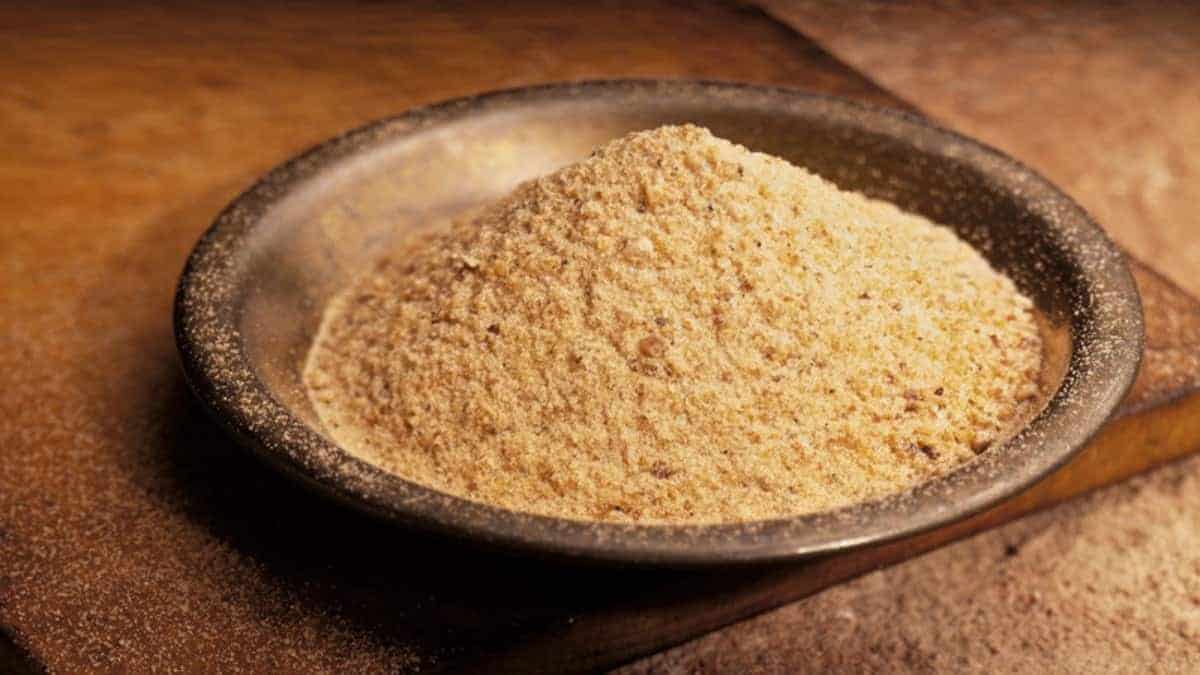Description
Asafoetida spice comes in the form of a ground powder with pungent sulfur and onion properties predominantly used as a seasoning in Indian cooking.
What does it taste like?
The smell of raw asafoetida spice is highly pungent of sulfur and rotting garlic, but once cooked the flavor becomes more delicate and provides umami similar to onion, garlic, or leek.
Asafoetida Spice Uses
Most commonly used in savory dishes as a substitute for onion and garlic adding depth and savoriness.
The ability to mimic these flavors is suited to those with allergies or those such as Jain and Brahmin Indians who are prohibited by their religion from consuming garlic and onion.
The seasoning has become a staple ingredient in Indian cooking to boost flavor within curries, stews, and dal.
Used in its natural form, asafoetida spice is brown and extremely strong, and it is most commonly sold as a yellow powder that has been diluted with turmeric and flour to reduce its pungency.
Asafoetida SPice Substitutes
- Garlic powder: dehydrated and ground garlic produce an intense powder that can replicate asafoetida.
- Onion powder: similar applications in cooking and simmer dishes providing a richness and umami component to dishes.
Compliments and Pairings
Since the amount of asafoetida spice added is easier to manage, it is suited to dishes in which onion or garlic would be too intense for ingredients such as eggs, cheese, fish, lentils, turmeric, pulses, salads, and dressings.
Expiration and Storage
- Ground: store in a well-sealed airtight container to maintain freshness and prevent the smell from spreading. The smell will dilute over time, but the flavor will as well, so it’s best if consumed within six months.
Fun Facts
- The intensity of asafoetida spice is reduced through cooking.
- The pungent smell and flavor have led to the asafoetida acquiring the nicknames ‘devil’s dung’, ‘devil’s dirt’, and ‘stinking gum’.
- Although asafoetida is referred to as dung, dirt, and stinking, it is also known as ‘God’s Food’ due to its health benefits in easing digestion, unlike onion and garlic.
Where does it come from?
The spice is native to Iran and Afghanistan, the dried sticky gum of the stem and root of wild fennel.
In India, the spice is better known as hing, and it’s popularly used for vegetarian dishes and to speed up cooking.
Check out wikipedia for a more detailed scientific explanation of its origins.
Popular Recipes
- Hing Chicken
- Sambar
- Hing Jeera Aloo
- Masoor dal
- Broccoli, paneer, and sesame
- Gujarati cabbage with coconut
- Hing kachori
- Egg bhurji

